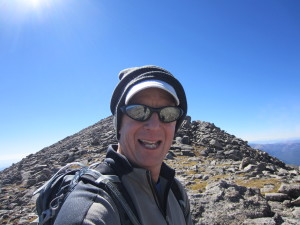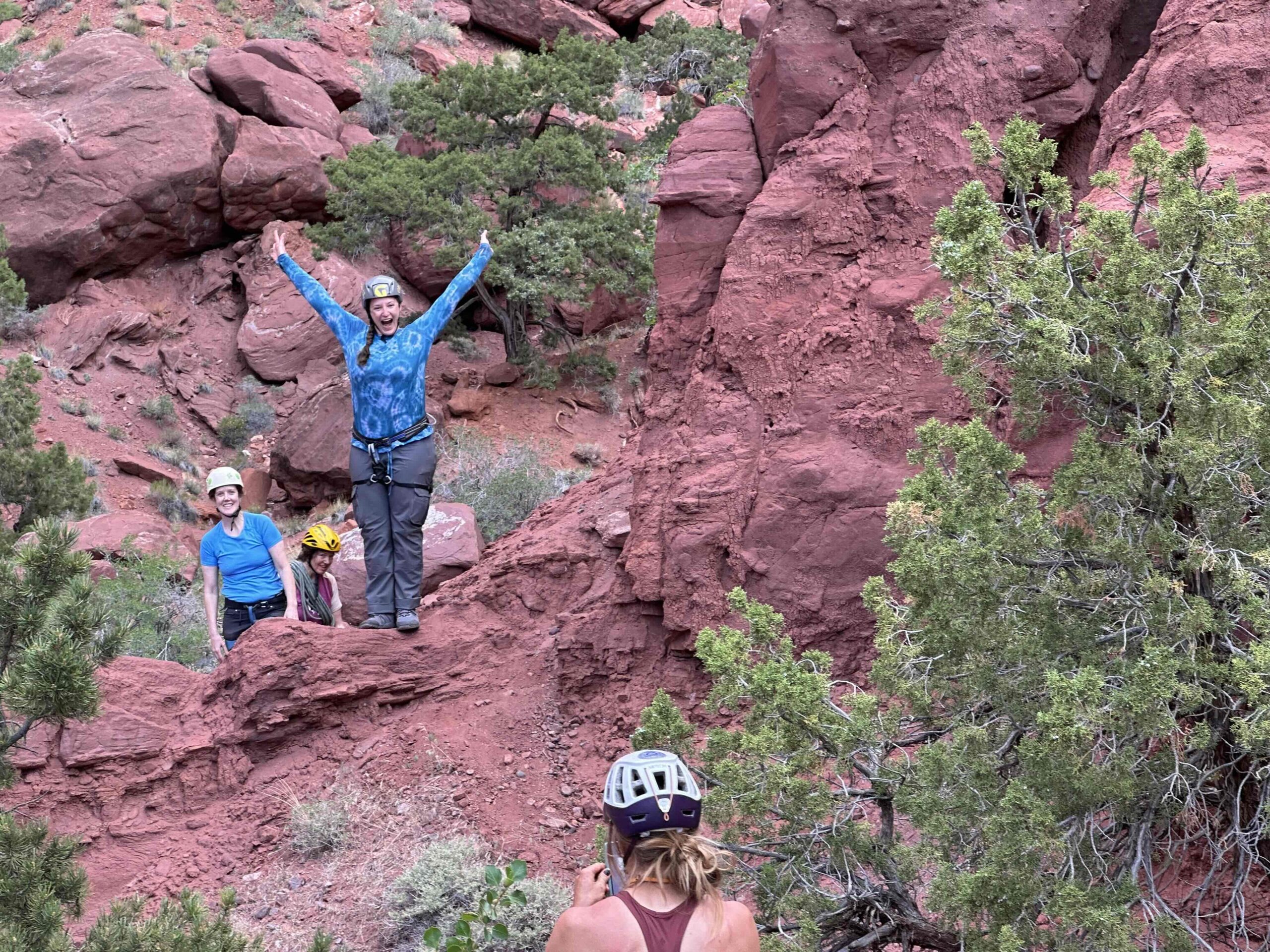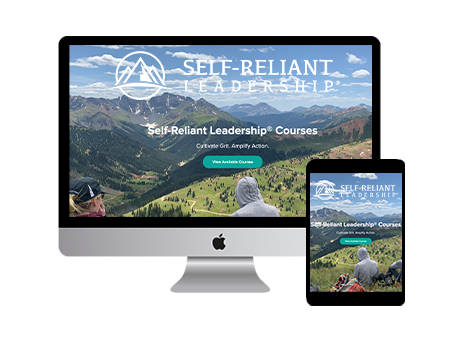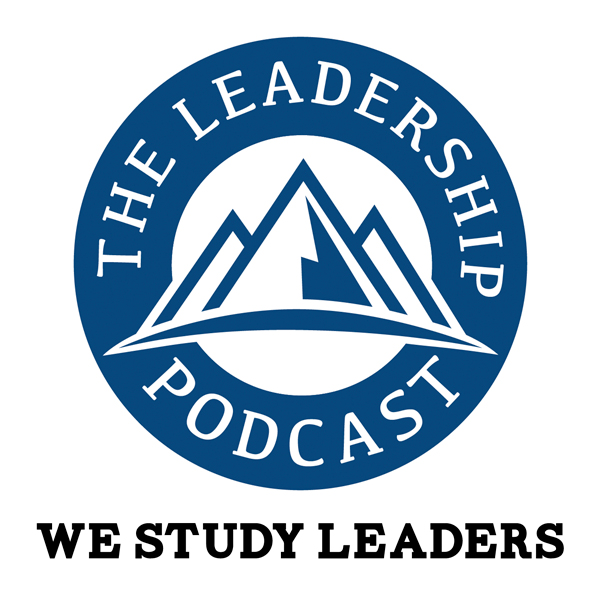I found myself driving at 3:00am the other morning. And I do mean, “found.” I was driving to climb Mount Shavano and Tabeguache Peak – two 14,000 foot mountains about three hours from my home. As I was driving and getting the cobwebs out, I thought to myself, “You’re not meeting anyone for the climb. You have no obligation to do this for anyone, yet you feel compelled to get up in the middle of the night, drive three hours, climb for seven hours, and then drive back for three hours. A thirteen hour day, and a climb that will leave your thighs sore for at least three days!”
I really had no obligation to do those climbs. I knew it was going to be cold and windy up there, and that the climbing season was fast coming to a close. Was I “compelled” to climb, or drawn to the mountains like I have been my entire life?
 As I climbed that day, I kept wondering how I got there. It really didn’t feel like I had consciously chosen to climb. What sort of force draws you to do something like that?
As I climbed that day, I kept wondering how I got there. It really didn’t feel like I had consciously chosen to climb. What sort of force draws you to do something like that?
After two hours of climbing, I made it to a huge saddle nestled between the mountain I was climbing and a lower peak with a huge basin below. The saddle was in the perfect position to support strong winds – the strongest winds I have seen on a Colorado peak. It was all I could do to stay upright as I approached the summit.
I have never been one hundred percent sure I was going to make it to a summit until I am about 100 meters from the top. You never know if the weather, or your own body, will conspire to keep you from the final approach. As I made my way up while fighting a sideway wind, it finally dawned on me what compels me to climb, and why I am drawn to the mountains.
It’s a crucible. A test that acts as a bolus of confidence. It’s an injection of validation. It’s an assurance that I am self-reliant. It’s the fuel to help me face adversity and uncertainty for months to come.
Bill George in his work on”Authentic Leadership,” came to a similar conclusion: “Consciously and subconsciously, they were constantly testing themselves through real-world experiences and reframing their life stories to understand who they were at their core. In doing so, they discovered the purpose of their leadership and learned that being authentic made them more effective.”
When I was on top, I took in the view and make a video recording of these thoughts – though it’s hard to hear because of the wind.
I am usually disappointed I don’t spend more time up top, because the view is so awe-inspiring, and I just don’t feel I can take it all in. And for the first time, I realized I wasn’t up there for the view of the mountains. I was up there for the view of my soul.







It is the continual push outside of the comfort zone that develops us as overall leaders. Often times, it beckons us – and it just seems to “feel right” as we go through the Crucible. And like you said, we also wonder why we don’t do it more often!
Well said, Pete. As they say, nothing good comes while staying in your comfort zone!
Well done!
Thanks, Tim – great to hear from you!
Well said, Jan. While we might sometimes prefer the smooth ride, it’s the crucible that gives us fulfillment, sense of accomplishment and belief in our capabilities. Thank you for the reminder.
Theresa – I think the “trick” is to have the perspective that during adversity, it’s temporary, external and limited.
Jan,
There may not be any single reason why people repeatedly climb to the summits, but I sure endorse highlighting “confidence building” as a significant driver. Let’s add “Confidence” to a chain of other virtues like competence, commitment, caring, character, courage, etc. to our performance readiness metrics as we exercise to create extraordinary individual and organizational forces for good. It takes repetitions to build physical strength. Repetitions are every bit as essential for building and sustaining mental and spiritual strength.
Great point about repetitions as essential for building and sustaining mental and spiritual strength, Bud. I concur 100%! And that requires individual and organizational discipline and sacrifice. A good question to ask a team is, “What does ‘all in’ mean to you?”